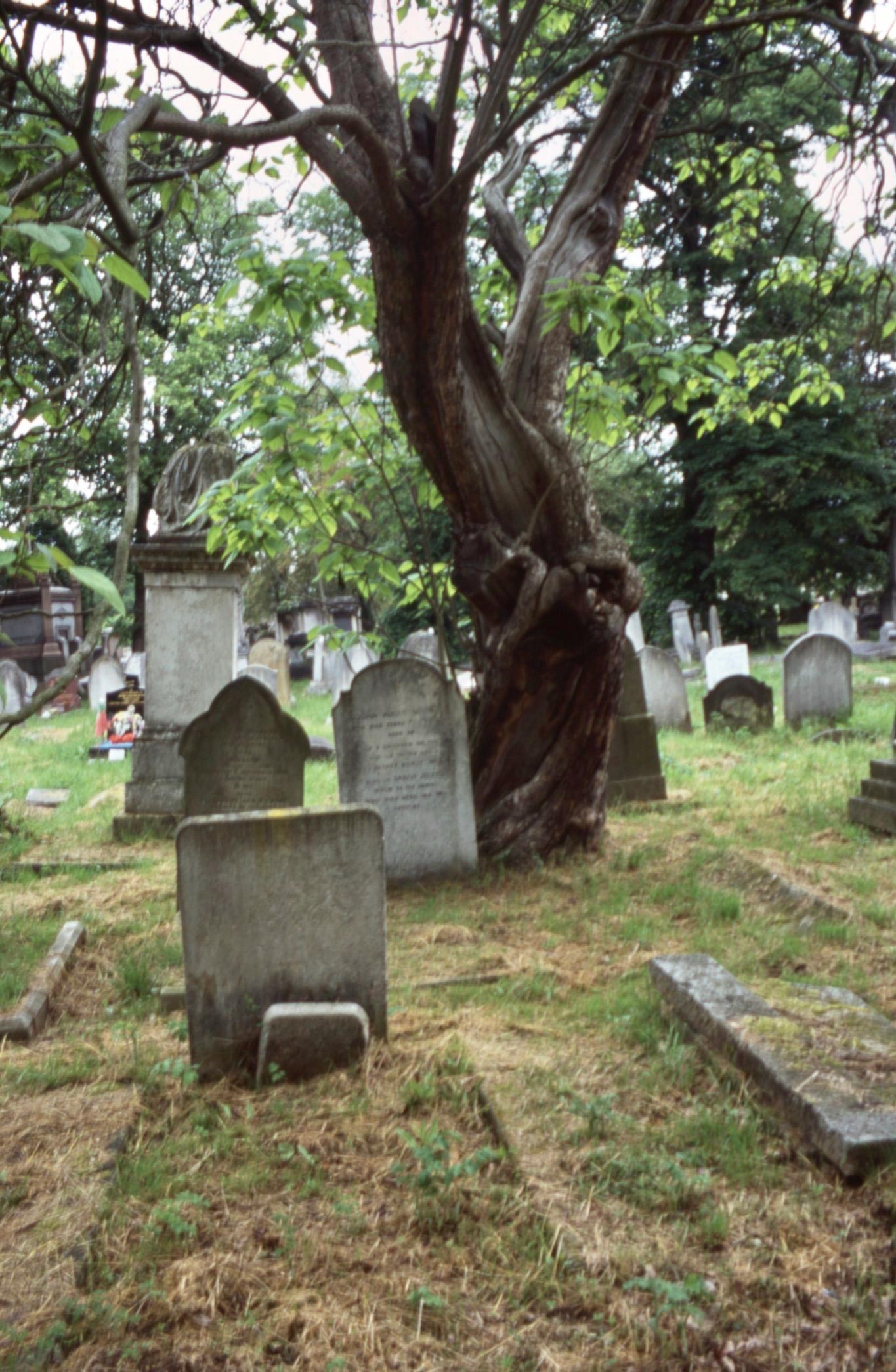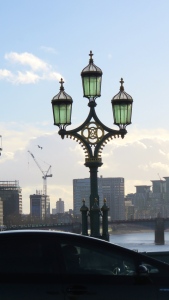Starting at 4 a.m. this morning I watched the second day’s play of the second Test Match between India and England broadcast by Channel 4; and this afternoon ITV’s transmission of the Six Nations rugby match between Ireland and France.
Between these two events I scanned more cemetery colour slides from May 2008.
At 19 Kilburn Lane, Kensal Green you will find a splendidly atmospheric gastro pub serving excellent meals and beverages, rejoicing in the name of Paradise by way of Kensal Green. https://www.theparadise.co.uk/private-hire-paradise-by-way-of-kensal-green
Because of Covid restrictions the establishment is currently closed, but we are assured on its website that it will be back.
The name is taken from the final line of G.K.Chesterton’s poem
The Rolling English Road
Before the Roman came to Rye or out to Severn strode,
The rolling English drunkard made the rolling English road.
A reeling road, a rolling road, that rambles round the shire,
And after him the parson ran, the sexton and the squire;
A merry road, a mazy road, and such as we did tread
The night we went to Birmingham by way of Beachy Head.
I knew no harm of Bonaparte and plenty of the Squire,
And for to fight the Frenchman I did not much desire;
But I did bash their baggonets because they came arrayed
To straighten out the crooked road an English drunkard made,
Where you and I went down the lane with ale-mugs in our hands,
The night we went to Glastonbury by way of Goodwin Sands.
His sins they were forgiven him; or why do flowers run
Behind him; and the hedges all strengthening in the sun?
The wild thing went from left to right and knew not which was which,
But the wild rose was above him when they found him in the ditch.
God pardon us, nor harden us; we did not see so clear
The night we went to Bannockburn by way of Brighton Pier.
My friends, we will not go again or ape an ancient rage,
Or stretch the folly of our youth to be the shame of age,
But walk with clearer eyes and ears this path that wandereth,
And see undrugged in evening light the decent inn of death;
For there is good news yet to hear and fine things to be seen,
Before we go to Paradise by way of Kensal Green.
(https://www.poetryfoundation.org/poems/48212/the-rolling-english-road)
The Kensal Green to which Chesterton refers is a specific section of this West London area.









This is Kensal Green Cemetery, the history and some residents of which are featured in my post “Where Is The Body?”
It is still a working cemetery. Some waterborne funerals still enter through this gate on the canalside.


Alongside the older sections lie the more recent memorials, some of which




bear tributes to loved ones of the deceased, such as Liverpool and Queens Park football clubs and the legendary Bob Marley. I know of no other burial grounds where such adornments would be permitted.
For dinner this evening Jackie produced spicy chicken tikka, plain parathas, and plentiful salad with which she drank Hoegaarden and I finished the Cabernet Sauvignon.





















